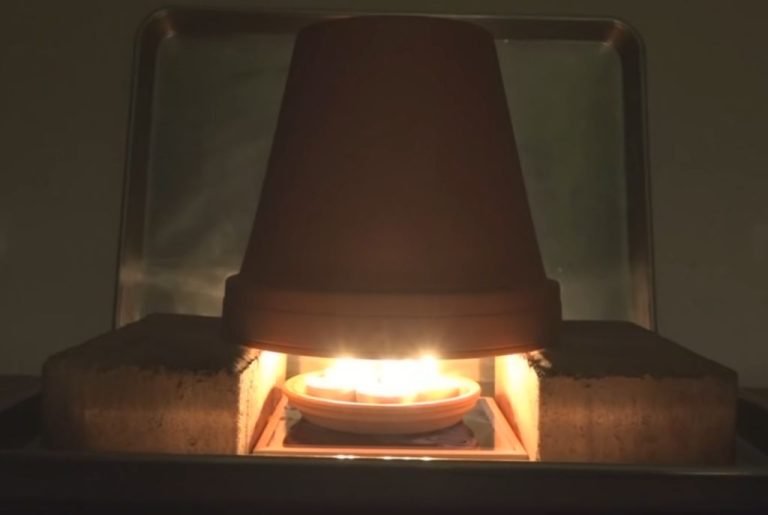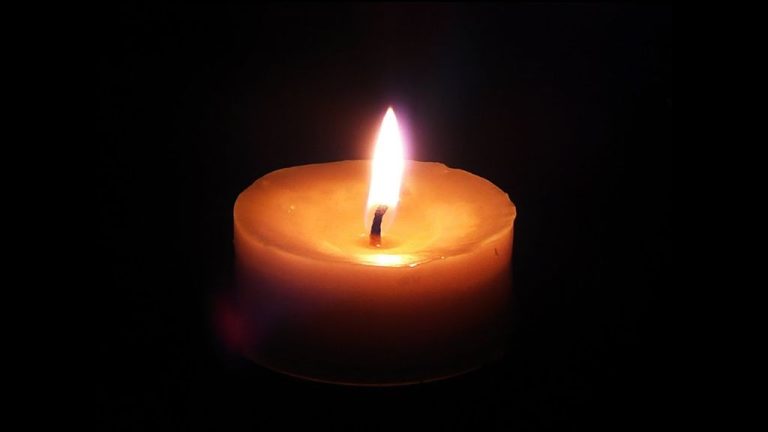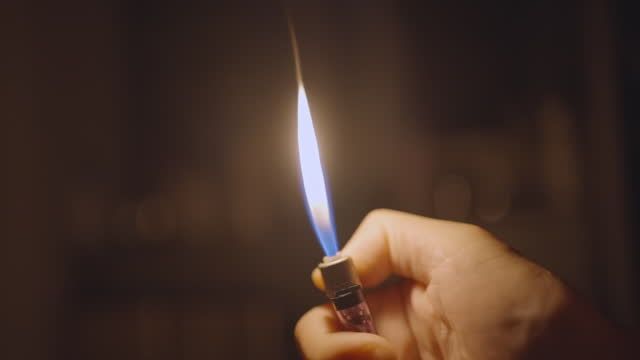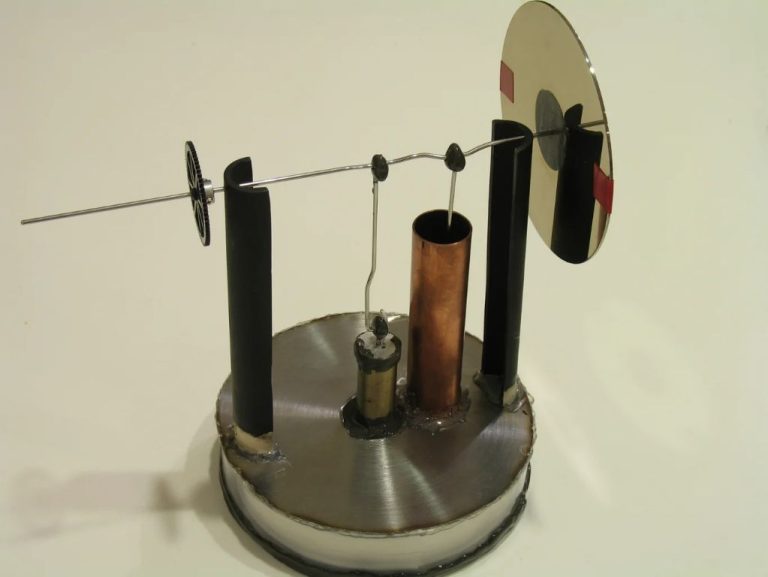How Long Should A Candle Burn For The First Time?
Properly burning a candle is important for performance, safety, and longevity. When burned correctly the first time, the wax pooled evenly, allowing the candle to burn cleanly down the center. This prevents tunneling, where wax melts around the edges and leaves unmelted wax in the middle. Tunneling causes the wick to drown in a deep wax pool, creating smoke and soot. Burning too long or too short on the first burn can lead to an uneven melt pool, wasting wax and shortening burn time. Following manufacturer guidelines for first burns allows the wax to melt across the entire top at an even depth. This primes the candle for future even burn pools and usage of all the wax. Taking the time to correctly burn a candle for the first time ensures optimal performance and enjoyment.
Factors That Affect Burn Time
There are several key factors that determine how long a candle will burn the first time it is lit:
Composition of wax – The type of wax used to make the candle affects burn time. Beeswax and soy wax have longer burn times compared to paraffin wax. Beeswax candles can burn up to 1-2 hours per ounce while paraffin wax candles burn for about 1 hour per ounce (Source).
Candle diameter and height – A taller, thicker candle with more wax will generally burn longer than a shorter, thinner one. As a general guideline, a candle will burn for approximately 1 hour per ounce of wax. A 3-inch diameter, 6-inch tall pillar candle will burn for 6-8 hours while a 1-inch diameter, 3-inch tall votive may only burn for 2-3 hours (Source).
Wick type and size – The wick draws wax up through capillary action as it burns. A larger wick will burn hotter and faster, while a smaller wick makes the candle last longer. Cotton and paper-cored wicks give a brighter flame than all-cotton wicks. Matching the wick size to the candle diameter is crucial for proper burning.
Recommended First Burn Times
The recommended first burn time for candles can vary depending on the size of the candle. As a general rule, you should allow 1-2 hours of initial burn time per inch of candle diameter or width1. This allows the wax to fully liquefy and pool across the top of the candle before extinguishing the flame.
For example, if you have a 3-inch diameter pillar candle, the recommended first burn would be 3-6 hours. For a larger candle that is 4 inches in diameter, aim for 4-8 hours on the initial burn. Smaller containers like tin or votive candles may only need 1-2 hours for that crucial first burn.
Allowing an extended first burn gives the wax time to melt evenly across the candle and aids in proper wick consumption. Rushing the first burn or burning too briefly can lead to issues like tunneling. A thorough initial burn helps maximize your candle’s burn time and fragrance throw.
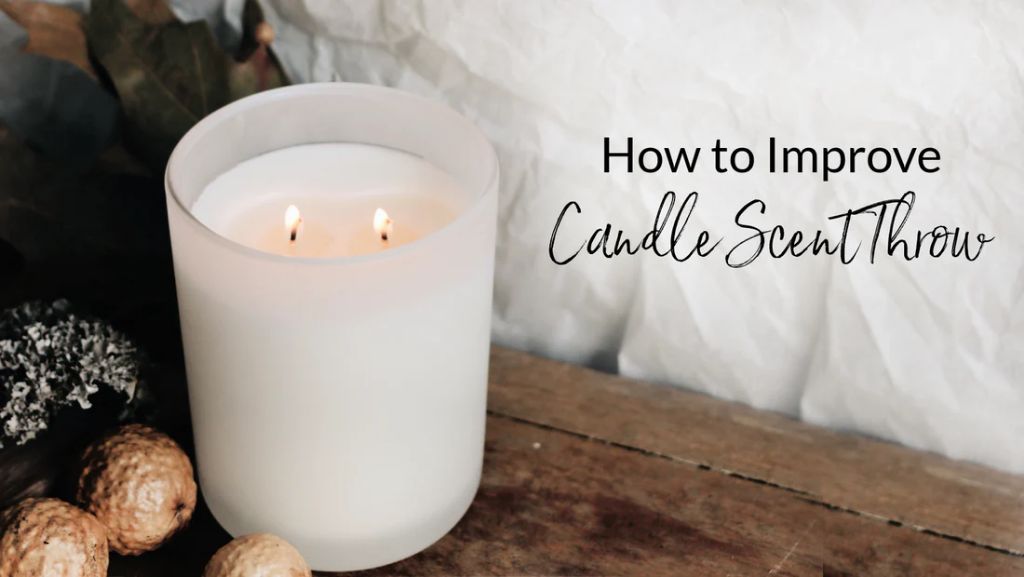
Allow the Wax to Pool
It is very important to allow the top layer of wax to completely melt and pool to the edges of the container on the first burn. This allows all the fragrance oils to liquefy and evenly distribute throughout the wax, which is crucial for achieving optimal scent throw. According to https://thecandlereview.com/blog/the-importance-of-the-wax-pool/, during the first burn, you want the wax pool to get as close to the edges of the container as possible, if not all the way, to properly melt the top layer.
Allowing full wax pooling on the first burn also helps prevent tunneling, which is when there is a deeper melt pool in the center and unmelted wax around the edges. Tunneling can lead to poor performance and an uneven burn. As noted on https://smithmade-essentials.com/blogs/news/candle-burning-and-safety, you want to patiently allow that full edge-to-edge melt pool on the first burn for optimal results.
Trim the Wick
Before lighting a candle for the first time, it is important to trim the wick to 1/4 inch. Trimming the wick helps the candle burn properly and prevents excess smoke and a large flame.
Most candle wicks are already trimmed to the correct height by the manufacturer. However, wicks can become bent during shipping and handling. Trimming the wick ensures it is standing straight up and is the ideal length for an even, steady flame when burning.
Use sharp scissors or nail clippers to carefully snip the wick. Cutting the wick to around 1/4 inch or 6mm is recommended. For larger pillar or container candles, a 1/2 inch wick may be necessary.
If the wick is left untrimmed, it may produce a larger flame with more soot. This can tunnel down into the wax and cause the candle to burn unevenly. A properly trimmed wick helps the wax to melt into an ideal pool shape.
Always be sure to trim the wick before the first burn to prevent smoking, rapid wax consumption and other issues. Trim as needed before subsequent burns if the wick gets too long.
Proper Wick Length
The proper wick length is crucial for candle performance and safety. The size of the flame is directly related to the wick length. An ideal flame will be about 1/2 to 1 inch high when the candle is burning properly [1]. Too short of a wick and the flame will be small, causing issues like soot and tunneling. Too long of a wick and the flame may get too large and create smoke [2].
As the candle burns, monitor the flame and trim the wick if needed. Trim cooled wicks to 1⁄4 inch before relighting. Adjusting the wick over time will help sustain an ideal flame height. The proper wick length may vary over a candle’s lifespan as the wax pool changes, so continue to check the flame and wick as needed [1].
Safety Tips
Candles can set the perfect ambiance, but they also pose a fire risk if not used properly. Follow these key safety tips when burning candles:
- Never leave a burning candle unattended. Extinguish candles before leaving a room or going to sleep.[1]
- Keep candles away from drafts, vents, ceiling fans, and air currents. Drafts can cause the flame to flare up and ignite nearby objects.[2]
- Always use candle holders that are heat resistant. Holders should be sturdy and sized appropriately for the candle.
- Keep a minimum distance of 12 inches between burning candles.
- Do not burn candles near flammable materials like curtains, blankets, paper, and books.
- Do not burn candles for more than 4 hours at a time. The melted wax can overflow and ignite.
Taking proper precautions ensures candle burning remains safe and enjoyable in your home.
[1] https://www.nfpa.org/education-and-research/home-fire-safety/candles
[2] https://candles.org/fire-safety-candles/
Signs of Improper Burning
There are a few signs that indicate your candle is not burning properly:
- Tunneling – This is when the edges of the candle melt faster than the middle, creating a tunnel shape. It’s caused by the wick being too short or small (1). To fix tunneling, trim the wick to 1/4 inch before each burn.
- Sooting – Black smoke and soot gathering on the glass or walls signals the wick is too long (2). Trim the wick and make sure it’s not higher than 1/4 inch to prevent sooting.
- Mushrooming – When the wick curls over on itself while burning, it has mushroomed. This prevents proper wax pooling. Trim the mushroomed section off the wick before burning (3).
- Flame Sputtering – If the flame flickers and splutters, the wax pool may be too shallow. Allow the candle to burn longer to fully melt the top layer of wax.
Paying attention to these signs and making wick adjustments will improve candle performance.
Caring for Candles
Properly caring for your candles will help them last longer and burn better. Here are some tips for storing and cleaning candle jars:
Store candles in a cool, dry place when not in use. Avoid excess heat or sunlight which can cause the wax to melt or discolor. Wrap candles tightly if storing for extended periods to prevent dust buildup. Standing candles upright prevents wax from spreading outwards.
Clean candle jars regularly with hot water, mild detergent and a soft cloth or sponge. Avoid abrasive scrubbers. Allow jars to fully dry before relighting to prevent issues like cracking or exploding glass. Remove all wax remnants to prepare jars for reuse or recycling.
Rotate candle usage to extend overall burn times. Allow melted wax to re-solidify before burning again. Trim wicks to 1⁄4 inch before lighting to prevent smoking issues. Follow any specific care instructions from the manufacturer.
With proper care, candles can provide ambiance and fragrance for many occasions. Storing them correctly and cleaning jars routinely will help maximize their lifespan and performance.
Conclusion
Properly burning a candle for the first time is an important step to maximize your candle’s lifespan. The key tips to remember are: allow the wax to fully melt and pool before extinguishing, trim the wick to 1⁄4 inch before lighting, burn for at least 1 hour per inch of diameter, and watch for signs of improper burning like sooting or tunneling. Taking the time to properly burn your candle that first time will allow the wax to adhere to the sides of the container and preserve your candle. Following these tips will lead to an even burn and full wax pool each time you light your candle. With the proper first burn, your candle’s scent and burn time will be preserved so you can enjoy every minute.


